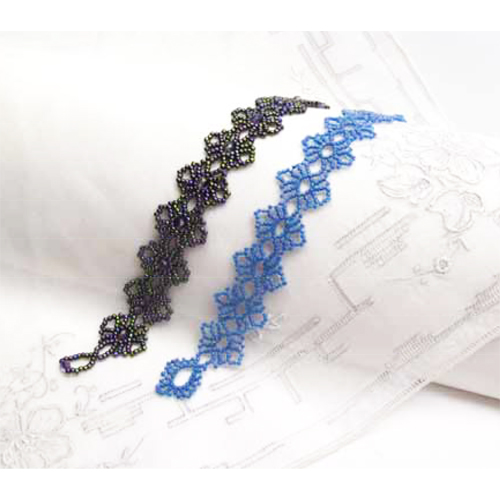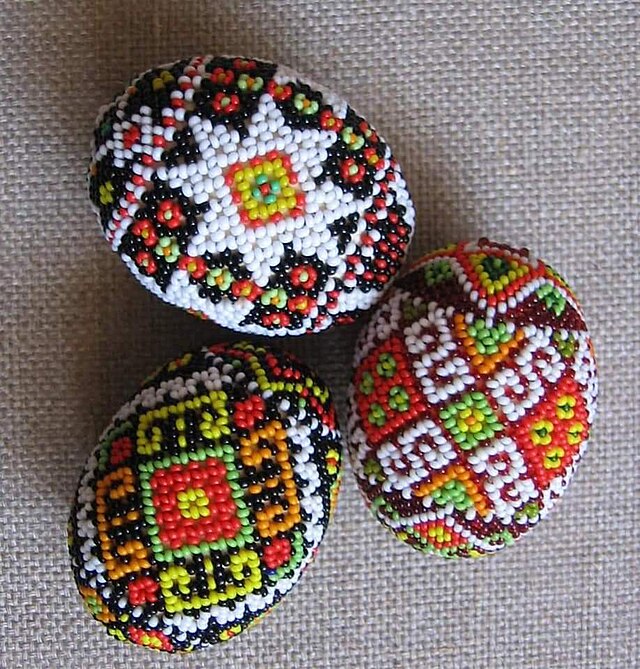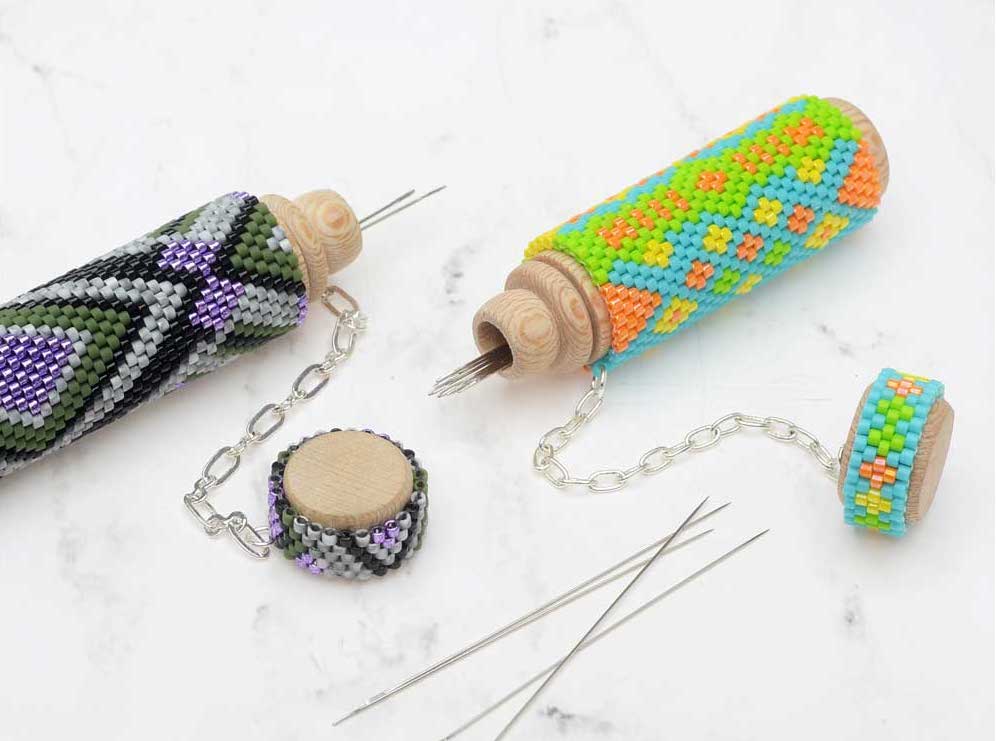Beading is a versatile and intricate craft that allows individuals to express their creativity through various artistic designs. From simple patterns to elaborate creations, beading offers endless possibilities for crafting unique pieces of jewelry, accessories, and decor. Consequently, understanding different beading techniques and designs can enhance your skills and open a world of creative opportunities. Therefore, this comprehensive guide explores the fundamentals of beading, various design techniques, types of beading projects, and tips for honing your craft. By following these insights, you can expand your beading repertoire and create stunning, personalized pieces.
Fundamentals of Beading
Before diving into complex designs, it’s essential to understand the basic tools, materials, and techniques used in beading. Familiarizing yourself with these fundamentals lays the foundation for successful beading projects. Therefore, exploring the fundamentals of beading is crucial.

Essential Tools and Materials
A key aspect of beading is having the right tools and materials at your disposal. Basic tools include beading needles, thread, pliers, and bead organizers. Beading needles come in various sizes to accommodate different bead types and threading techniques. The thread should be strong and flexible, such as nylon, silk, or fishing line, depending on your project. Pliers, both round-nose and flat-nose, are essential for bending wire and attaching findings. Additionally, bead organizers help keep your materials sorted and accessible. Therefore, gathering these essential tools and materials is the first step in successful beading.
Bead Types and Characteristics
Understanding the different types of beads and their characteristics enriches your design choices. Glass beads, seed beads, gemstone beads, and acrylic beads are just a few of the many varieties available. Glass beads, known for their shimmering quality, offer a range of colors and finishes. Seed beads, small and uniform in size, are perfect for intricate patterns and loom work. Gemstone beads bring natural beauty and unique textures to your designs. Acrylic beads, lightweight and affordable, provide versatility for various projects. Recognizing the properties of each bead type helps in selecting the right materials for your designs. Therefore, exploring bead types and characteristics is essential.
Popular Beading Techniques
Mastering various beading techniques enables you to create intricate and professional-looking designs. Each technique provides a unique aesthetic and can be combined for more complex projects. Therefore, exploring popular beading techniques is crucial for skill development.

Stringing
Stringing is one of the most straightforward and versatile beading techniques. It involves threading beads onto a string or wire to create necklaces, bracelets, or anklets. The simplicity of stringing makes it accessible for beginners while allowing for elaborate designs with advanced patterns and materials. By experimenting with different bead shapes, sizes, and colors, you can create personalized pieces that reflect your style. To secure your designs, use crimp beads and clasps, ensuring the final piece is both beautiful and durable. Therefore, mastering stringing is a fundamental beading technique.
Weaving
Bead weaving involves interlacing beads with thread or wire to create intricate patterns and textures. Techniques such as peyote stitch, brick stitch, and herringbone stitch are popular among bead weavers. Peyote stitch, a versatile technique, can be used for flat, circular, and tubular designs. Brick stitch creates a woven appearance resembling bricks, ideal for detailed motifs. Herringbone stitch, known for its distinctive V-shaped pattern, adds elegance to any piece. Bead weaving requires patience and precision but results in stunning creations that showcase your craftsmanship. Therefore, exploring bead weaving techniques enhances your design possibilities.
Types of Beading Projects
Beading projects vary widely, offering opportunities to create unique jewelry, accessories, and home decor. Exploring different types of projects helps you expand your creative horizons. Therefore, understanding the types of beading projects is essential.
Jewelry
Jewelry making is one of the most popular applications of beading. From necklaces and bracelets to earrings and rings, beading allows you to craft personalized and stylish accessories. Techniques such as stringing, weaving, and wire wrapping can be combined to create intricate designs. Charms, pendants, and findings add further customization and flair to your jewelry pieces. Whether creating a simple strand of beads or an elaborate statement piece, beading offers endless possibilities for expressing your style. Therefore, jewelry making is a versatile and rewarding beading project.

Home Decor
Beading isn’t limited to wearable art; it also extends to home decor projects. Beaded curtains, lampshades, and wall hangings can add a touch of elegance and personality to your living space. Beading techniques like weaving and embroidery can be applied to fabric items such as pillows and tablecloths. Beaded coasters and napkin rings create functional yet decorative pieces for your home. By incorporating beads into your decor, you can transform ordinary items into unique works of art. Therefore, home decor projects expand the creative applications of beading.
Tips for Improving Your Beading Skills
Enhancing your beading skills involves practice, experimentation, and continual learning. Implementing these tips can help you refine your technique and elevate your designs. Therefore, exploring tips for improving your beading skills is essential.
Practice Regularly
Consistent practice is key to mastering any craft, and beading is no exception. Set aside dedicated time each week to work on your projects and experiment with new techniques. Start with simple designs and gradually challenge yourself with more complex patterns and materials. Regular practice helps build muscle memory, improving your speed and precision. Additionally, it allows you to discover your personal style and preferences in beading. Therefore, practicing regularly is crucial for skill development.
Take Classes and Workshops
Taking classes and workshops provides structured learning and access to expert guidance. Local craft stores, community centers, and online platforms offer various beading courses tailored to different skill levels. Participating in these classes allows you to learn new techniques, ask questions, and receive feedback on your work. Workshops often provide materials and tools, offering hands-on experience without the need to invest in supplies upfront. Networking with other beading enthusiasts during classes can also inspire new ideas and collaborations. Therefore, taking classes and workshops enhances your beading education.

Common Misconceptions About Beading
Addressing common misconceptions about beading provides clarity and encourages more people to explore this craft. Understanding these myths ensures accurate information and sets realistic expectations. Therefore, exploring common misconceptions about beading is important.
Misconception: Beading is Only for Jewelry
A common misconception is that beading is limited to jewelry making. While jewelry is a popular application, beading extends to various art forms, including home decor, embroidery, and even sculpture. By exploring different projects, you can appreciate the versatility of beading and apply it to diverse creative pursuits. Understanding that beading is not confined to jewelry expands your potential for artistic expression. Therefore, recognizing the broad applications of beading encourages experimentation.
Misconception: Beading is Too Complicated
Another misconception is that beading is too complicated for beginners. While some techniques require precision and patience, many basic designs are accessible to novices. Starting with simple projects and gradually building your skills allows you to tackle more complex patterns over time. Online tutorials, books, and classes offer step-by-step guidance to help you learn at your own pace. Understanding that beading can be approachable and enjoyable at any skill level encourages more people to give it a try. Therefore, debunking the myth of complexity makes beading more inviting.

Conclusion: Embrace the Art of Beading
Beading is a versatile and rewarding craft that allows for endless creative expression. Understanding the fundamentals, including essential tools, materials, and bead types, lays the foundation for successful projects.
Exploring popular techniques like stringing and weaving enhances your ability to create intricate and professional-looking designs. Different types of beading projects, from jewelry to home decor, offer diverse opportunities to showcase your craftsmanship.
Tips for improving your skills, such as regular practice and taking classes, help refine your technique and expand your creative horizons. Addressing common misconceptions ensures accurate information and encourages more people to explore the art of beading.
Therefore, by embracing the world of beading designs, you can unleash your creativity, enjoy the process, and craft stunning pieces that reflect your unique style. Happy beading!
